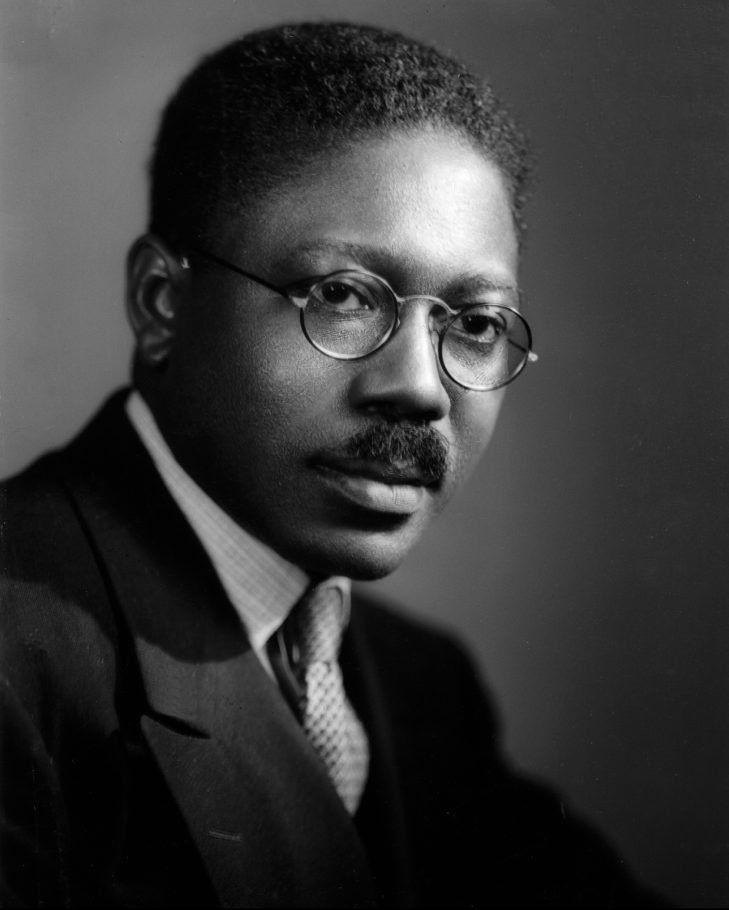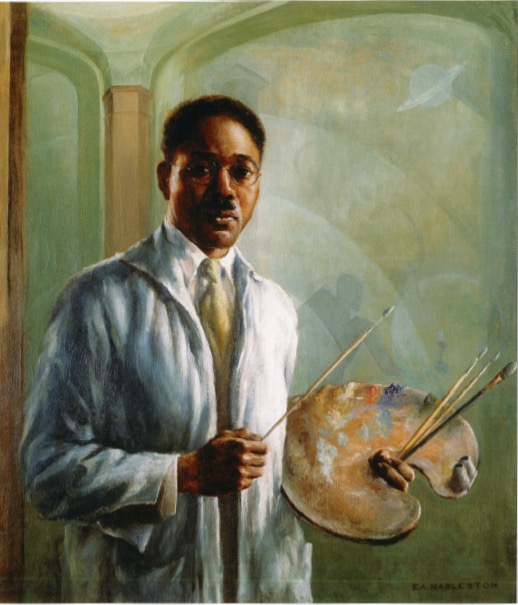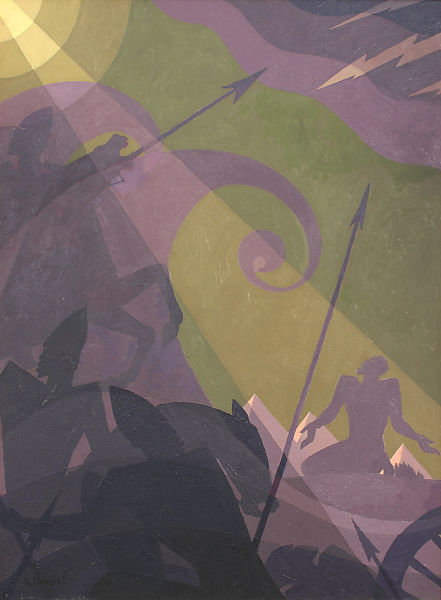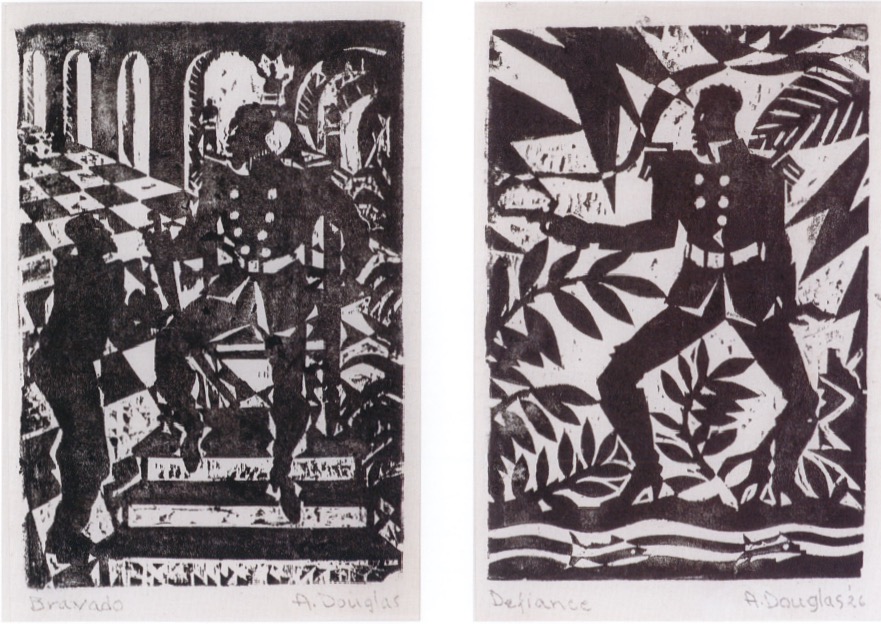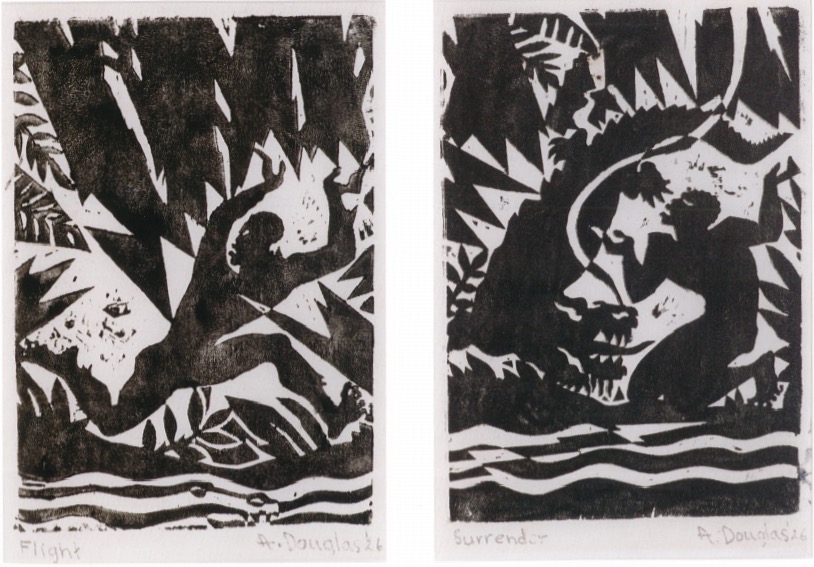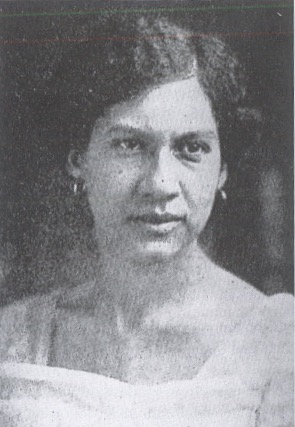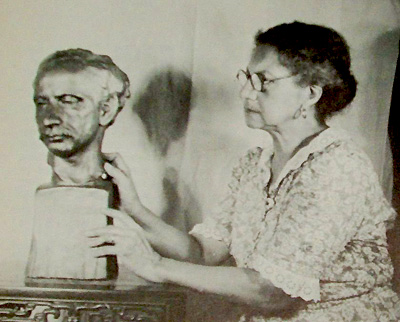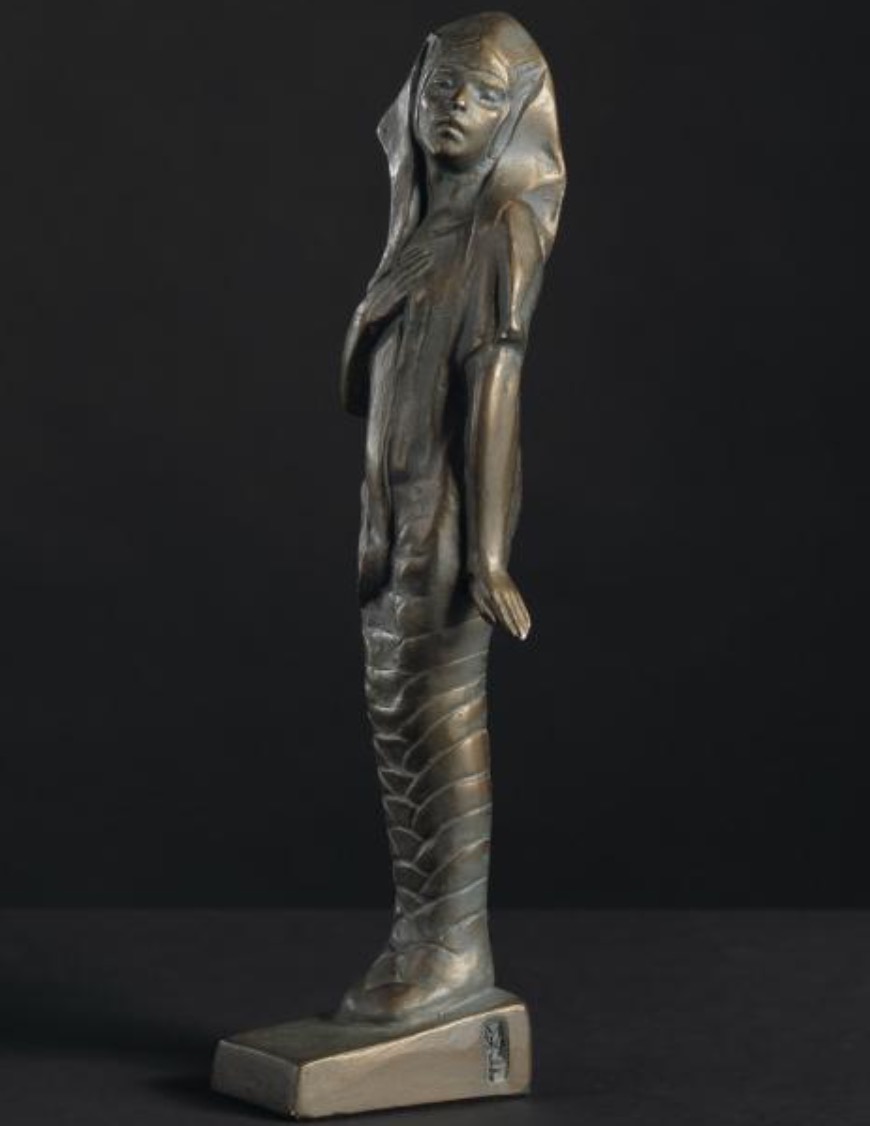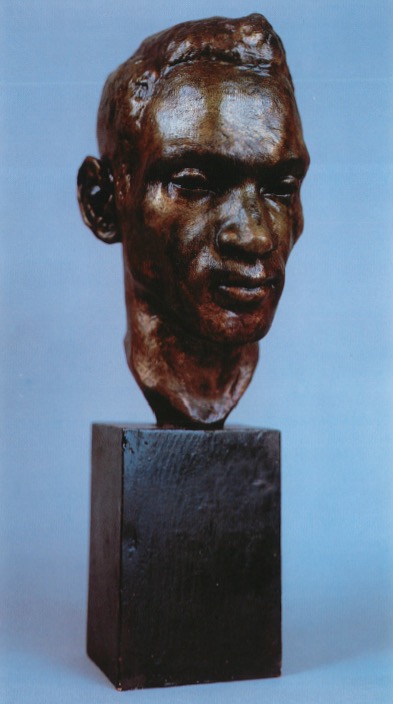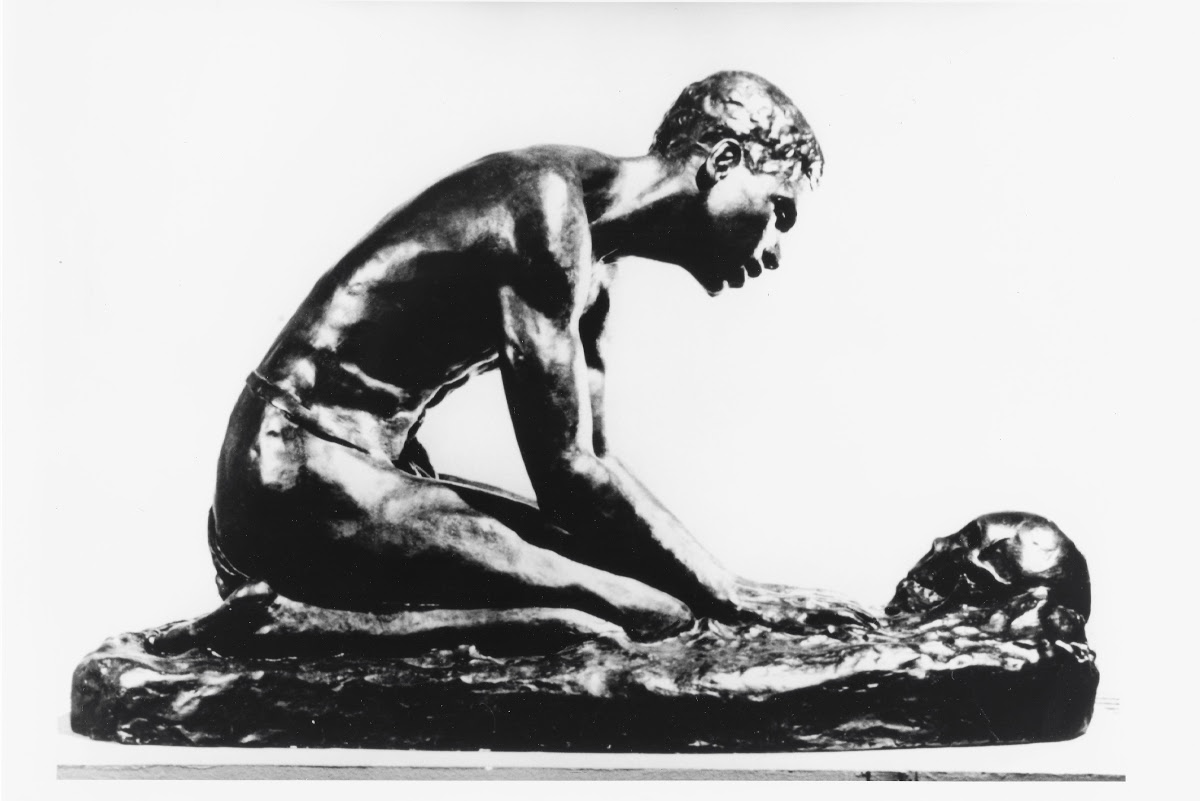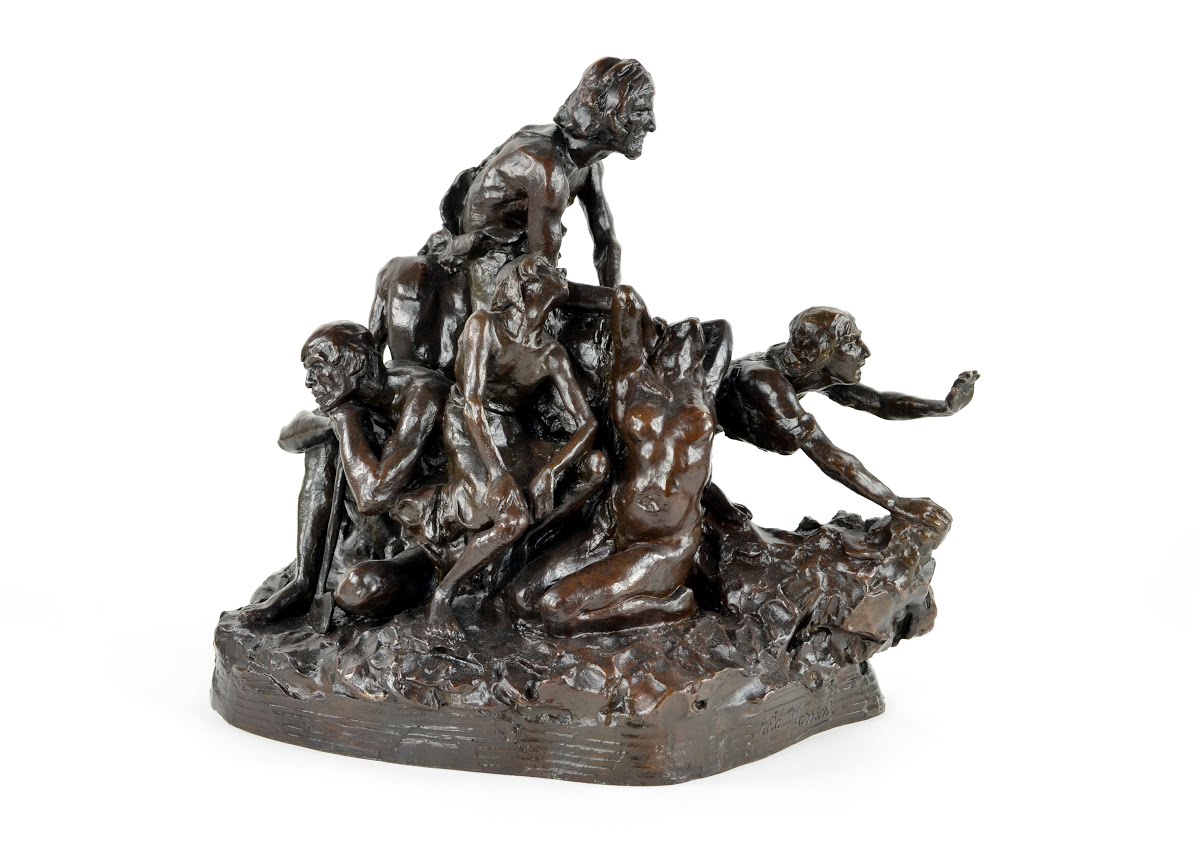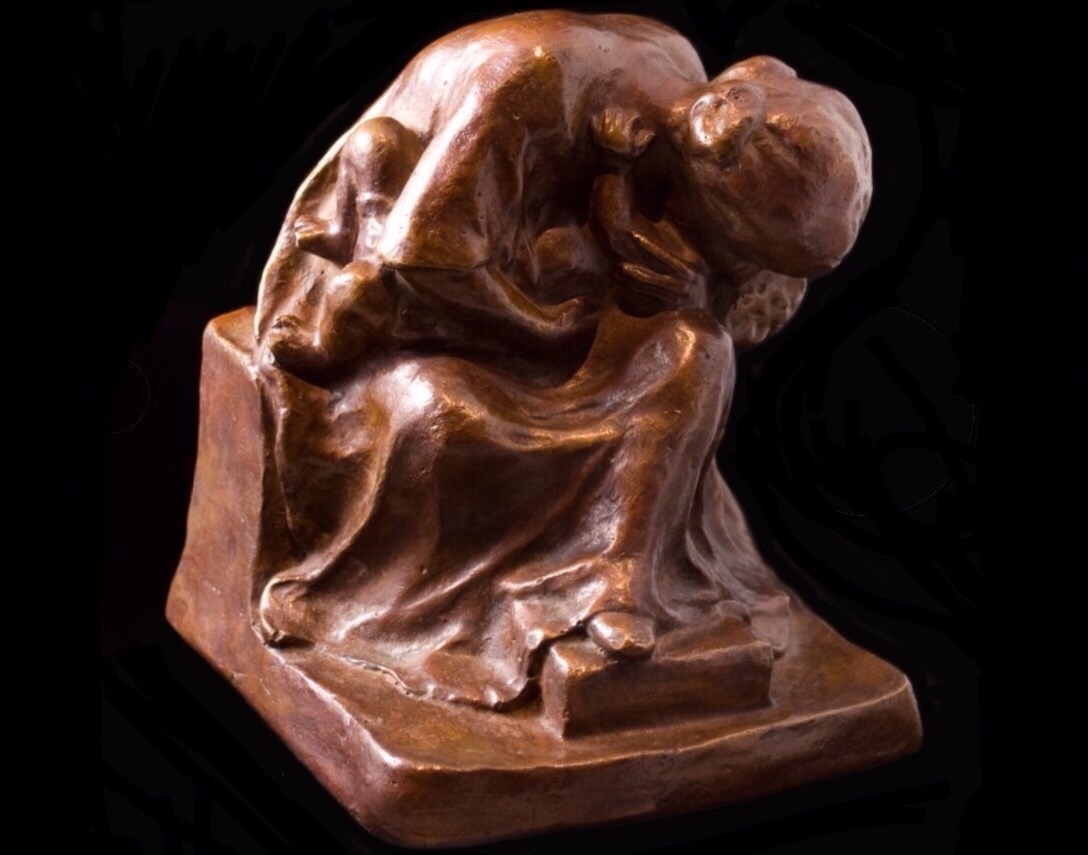Aaron Douglas, known as the father of black American art, might have been the most famous artist in the Harlem Renaissance.
His art often mixed African-American history with contemporary happenings
Douglas created his own style reminiscent of cubism.
"I tried to keep my forms very stark and geometric with main emphasis on the human body . . . I tried to portray everything . . . simplified and abstract and . . . in the spirituals. In fact, I used the starkness of the old spirituals as my model- and at the same time I tried to make my painting modern." ~ Aaron Douglas, The Art Story
